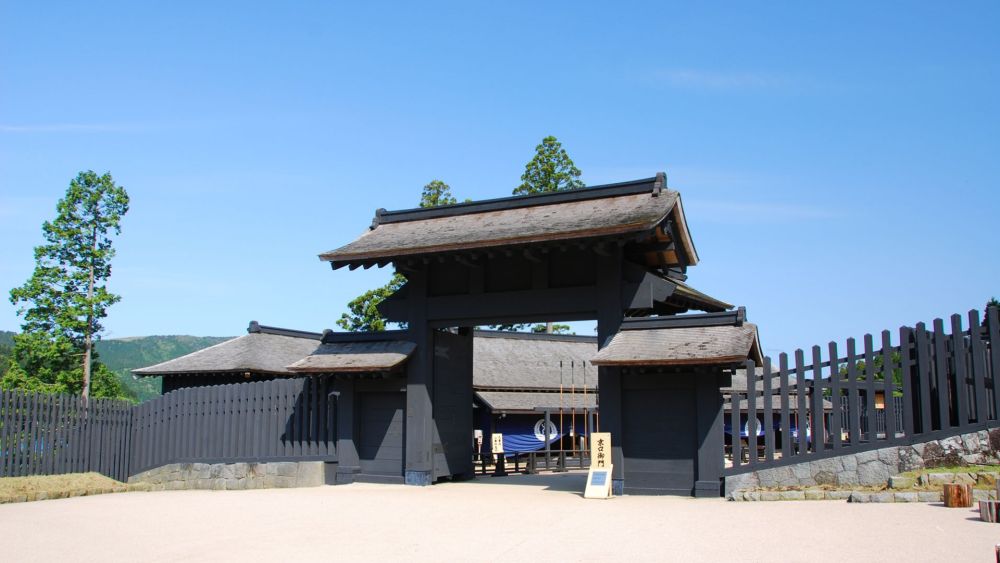

Nestled in the heart of the Fuji-Hakone-Izu National Park, Hakone Checkpoint, also known as Hakone Sekisho, has a rich history that has significantly contributed to Japan's tourism fabric. The story of the Hakone Checkpoint starts during the Edo period (1603-1868), where it served as an important control point along the Tokaido road, which connected Edo (now Tokyo) with Kyoto.
The purpose of the Hakone Checkpoint was to control traffic and prevent the rebellion against the shogunate as a part of a broader network of checkposts. The restoration and opening of Hakone Sekisho to the public has played a vital role in stimulating tourism in the Hakone region, inviting visitors to step back in time and experience a piece of Japan's feudal history.
Tourism at the Hakone Checkpoint began to flourish in the late 19th century when travel for leisure became popular among the Japanese elite and foreigners after the country opened up to the West. The opening of the Hakone Tozan Railway in 1919 further increased accessibility to the area, drawing more tourists eager to explore the region's cultural heritage and natural beauty.
Today, Hakone Checkpoint has been meticulously reconstructed to offer a detailed glimpse into life during the Edo period. Visitors can explore the site, which includes the main gate, fencing, housing for officers and foot soldiers, a prison chamber, and a lookout tower. The Hakone Sekisho Shiryokan museum exhibits related historical artifacts and provides a deeper understanding of the checkpoint's function and significance in controlling the movement of people and goods during its operational days.
When planning a trip to Hakone Checkpoint, it is recommended to include additional attractions in Hakone, such as Lake Ashi, the Hakone Open-Air Museum, and Owakudani Valley to ensure a fulfilling experience. With its historical charm and natural splendor, the Hakone region continues to be a perpetual favorite for tourists seeking both cultural enrichment and scenic beauty.
Hakone is well connected to Tokyo by train, bus, and car, making it an accessible destination for both domestic and international travelers. A variety of accommodations are available to suit different preferences, from traditional ryokans to modern luxury hotels.